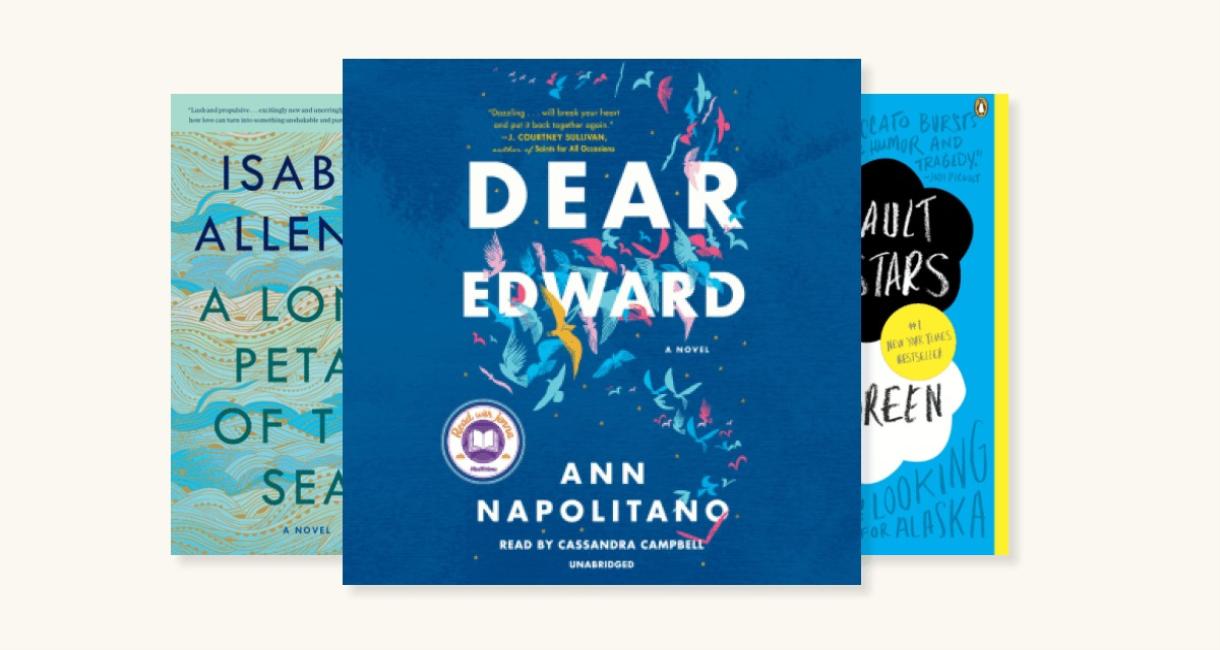Blue is widely regarded as a color of calmness, trust, and intelligence. It often evokes feelings of serenity, reliability, and depth. These qualities make it an appealing choice for books that want to communicate a sense of authority, introspection, or emotional complexity.
However, blue isn’t limited to positivity alone. Deeper blues can also express loneliness, distance, or melancholy, allowing designers and authors to use the color to explore a full emotional range. This duality makes blue an incredibly flexible design choice.
Psychological Impact on Readers
Color psychology suggests that blue can create a sense of peace and stability. A reader browsing shelves may be subconsciously drawn to a blue book cover because it feels safe, thoughtful, or reflective. Blue is also considered to be non-aggressive and intellectual, helping readers assume the content is thoughtful, meaningful, or fact-based.
Lighter blues often suggest freshness, youthfulness, or clarity, while darker shades can imply mystery, maturity, or seriousness. Designers strategically choose the shade of blue based on the tone and message of the book, subtly guiding the reader’s expectations before they even read the synopsis.
Genre Associations with Blue Covers
Although blue book covers can be found in virtually every genre, they often dominate specific categories:
- Non-Fiction & Self-Help:
Blue’s association with trust and authority makes it ideal for business, psychology, and personal development books. Titles on leadership, communication, or wellness frequently use blue to establish credibility. - Science Fiction & Fantasy:
Many science fiction novels employ dark blues to reflect cosmic wonder, the unknown, or futuristic themes. The vastness of the night sky and ocean—both naturally blue—resonates with tales of exploration and imagination. - Literary Fiction:
Blue is often chosen for character-driven stories that delve into emotional depth, identity, or nostalgia. The color enhances the reader’s perception of introspection or reflective narrative tones. - Romance & Contemporary Fiction:
Soft blue pastels appear on romantic and coming-of-age novels, suggesting a gentle, heartfelt, or wistful atmosphere. These covers often appeal to emotions like hope and longing. - Children’s Books:
Bright and playful shades of blue appeal to young readers. They suggest trustworthiness and fun, which are critical in the children’s book market.
Famous Examples of Blue Book Covers
Some notable examples of bestselling books with blue covers include:
- The Fault in Our Stars by John Green – A sky-blue cover that reflects both youth and sorrow, mirroring the emotional journey inside.
- A Man Called Ove by Fredrik Backman – A cover with muted blue tones that subtly hints at loneliness, warmth, and transformation.
- Sapiens by Yuval Noah Harari – Some editions feature a sleek blue design that reinforces intellectual authority and clarity.
These covers are not just beautiful—they’re intentional, using blue’s psychological cues to influence reader emotion and interpretation.
Why Designers Love Blue
From a design perspective, blue offers a clean and adaptable background for typography, illustration, or photography. It pairs well with white, gold, red, and gray, creating endless creative opportunities. Whether minimalist or ornate, blue provides a professional and polished aesthetic that works in both digital and print formats.
With the rise of eBooks and online shopping, cover design needs to pop on screens—blue retains its vibrancy across devices, helping books stand out in thumbnails as well as on bookstore shelves.
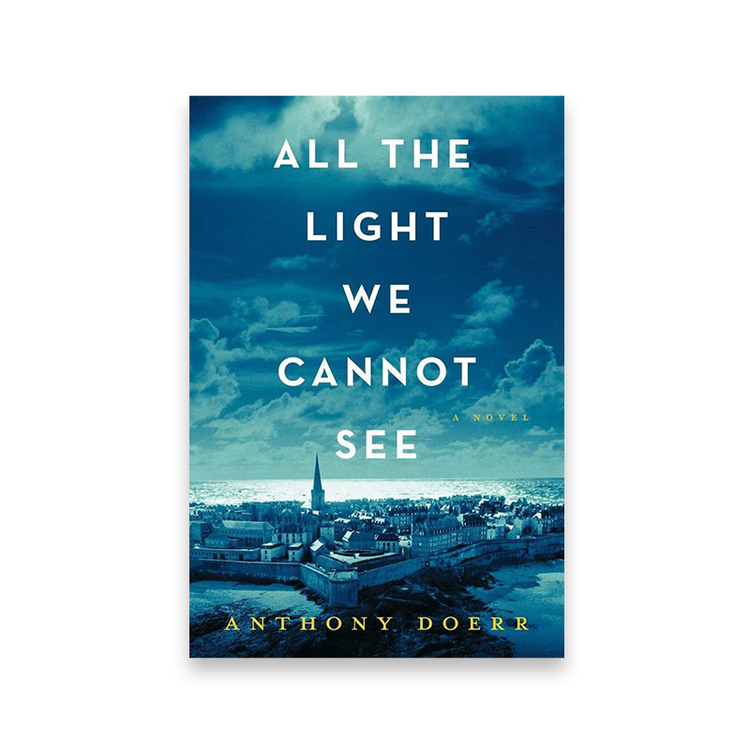
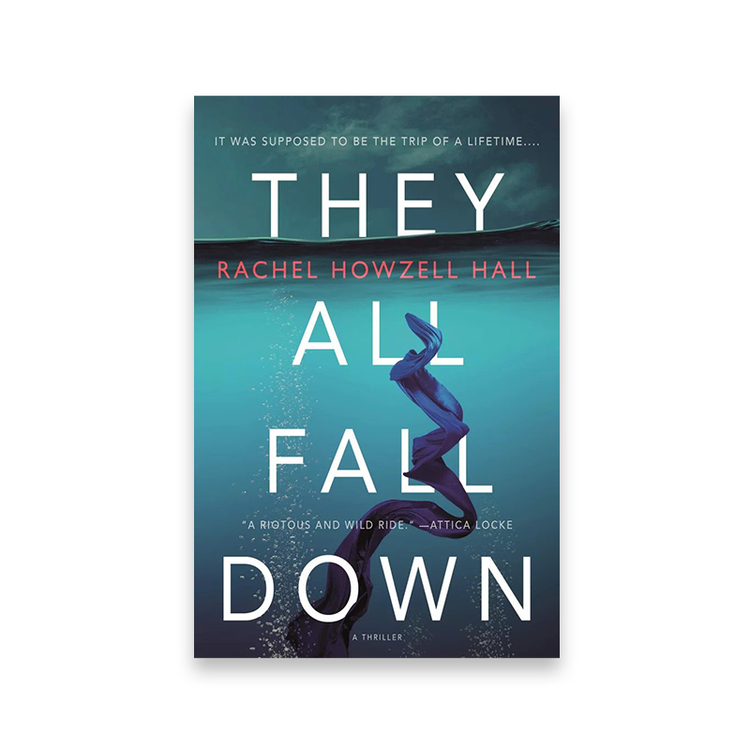
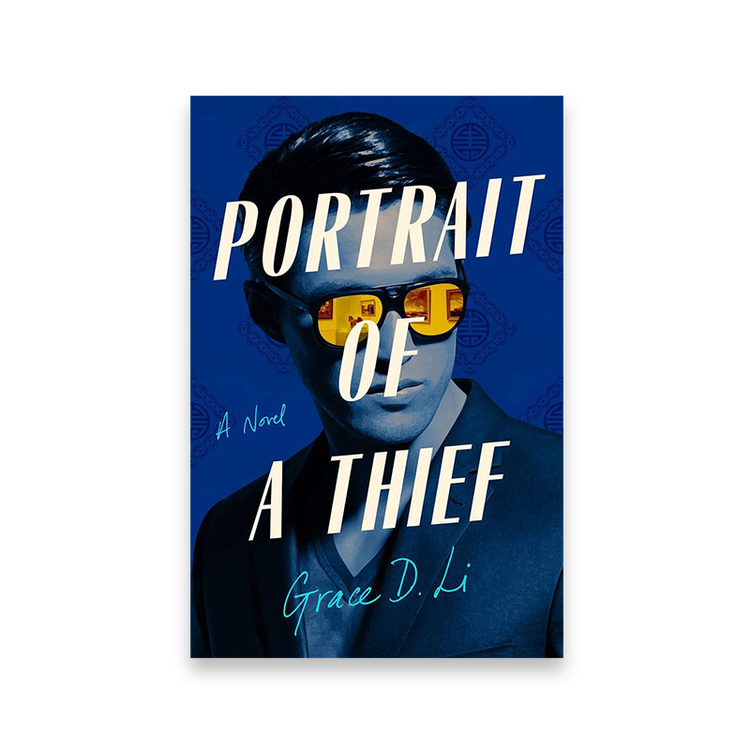
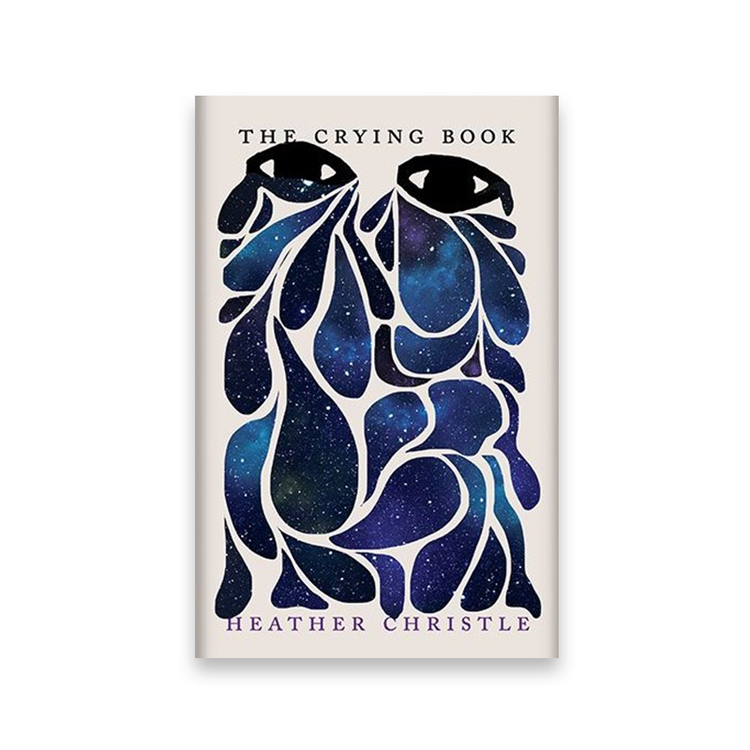

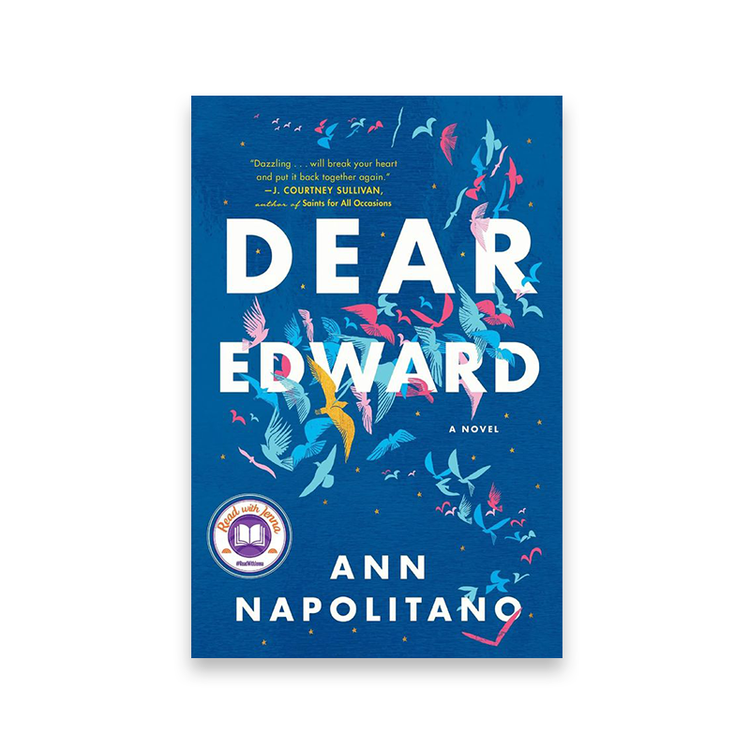
Conclusion
Blue book covers are more than just pleasing to the eye—they carry deep symbolic meanings, influence reader behavior, and shape perceptions of the content within. Whether you’re an author, designer, or reader, understanding the power of the color blue in cover design can deepen your appreciation of literature and the psychology of visual storytelling. From cool, calm memoirs to cosmic adventures, blue continues to be a beloved and timeless choice in the literary world.

